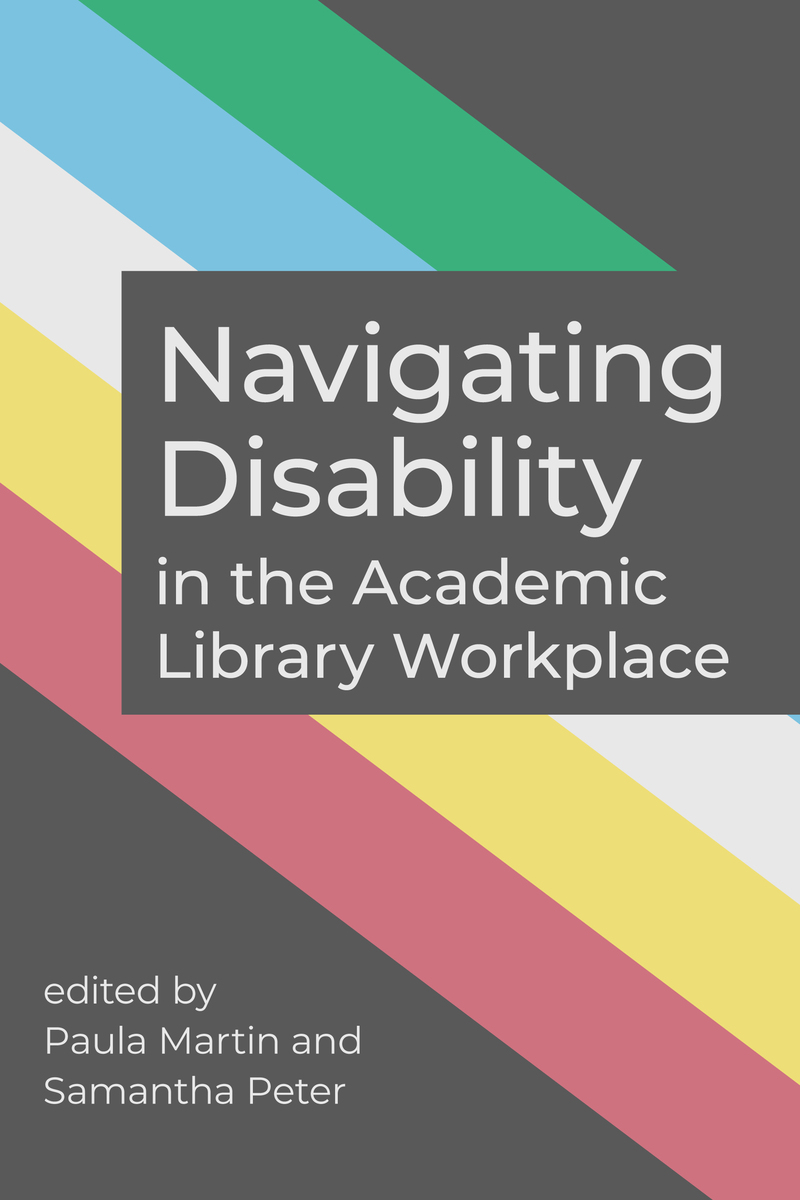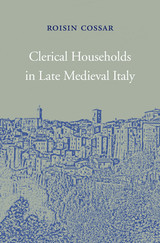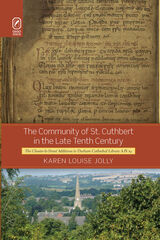Navigating Disability in the Academic Library Workplace
Assoc of College & Research Libraries, 2025
eISBN: 979-8-89255-372-8
See other books on: Language Arts & Disciplines | Library & Information Science
See other titles from Assoc of College & Research Libraries
eISBN: 979-8-89255-372-8
ABOUT THIS BOOK | AUTHOR BIOGRAPHY | TOC
ABOUT THIS BOOK
Approximately 26% of American adults are classified as disabled, meaning many academic librarians live with at least one disability. Much of the literature surrounding disability in libraries, however, focuses on the user rather than the library worker.
Navigating Disability in the Academic Library Workplace collects ways that the library can support its workers with disabilities and encourage them to succeed. It’s a guide for librarians with disabilities on supporting and advocating for themselves in the workplace, but also a resource for able-bodied and neurotypical managers and workers to learn how to be allies.
Chapters examine identities, intersections, The Americans with Disabilities Act, accommodations, advocacy, and collective care practices. Authors generously share their own stories and experiences and offer their own definitions of ableism, disability, intersectionality, and other relevant terms to help capture the diversity and magnitude of identities held by people with disabilities. Navigating Disability in the Academic Library Workplace offers a chorus of voices with different perspectives and provides ideas and resources for individuals with disabilities, supervisors, coworkers, and the profession.
Navigating Disability in the Academic Library Workplace collects ways that the library can support its workers with disabilities and encourage them to succeed. It’s a guide for librarians with disabilities on supporting and advocating for themselves in the workplace, but also a resource for able-bodied and neurotypical managers and workers to learn how to be allies.
Chapters examine identities, intersections, The Americans with Disabilities Act, accommodations, advocacy, and collective care practices. Authors generously share their own stories and experiences and offer their own definitions of ableism, disability, intersectionality, and other relevant terms to help capture the diversity and magnitude of identities held by people with disabilities. Navigating Disability in the Academic Library Workplace offers a chorus of voices with different perspectives and provides ideas and resources for individuals with disabilities, supervisors, coworkers, and the profession.
See other books on: Language Arts & Disciplines | Library & Information Science
See other titles from Assoc of College & Research Libraries












